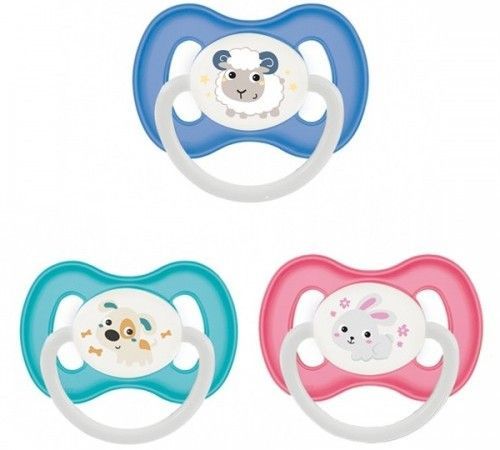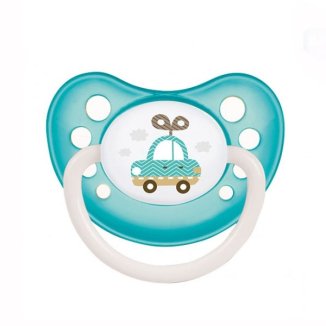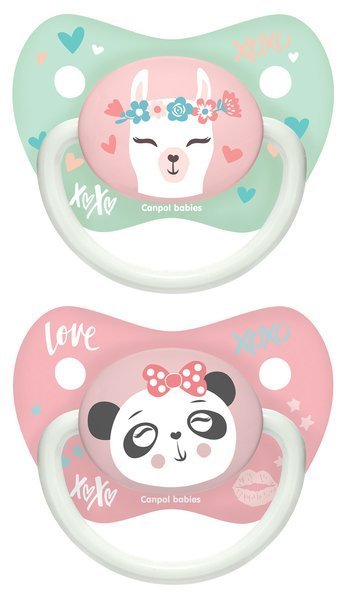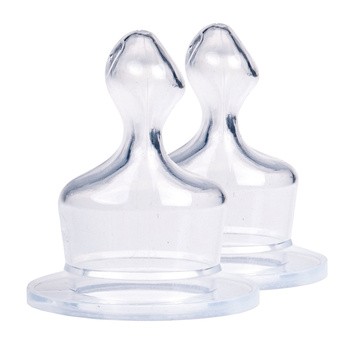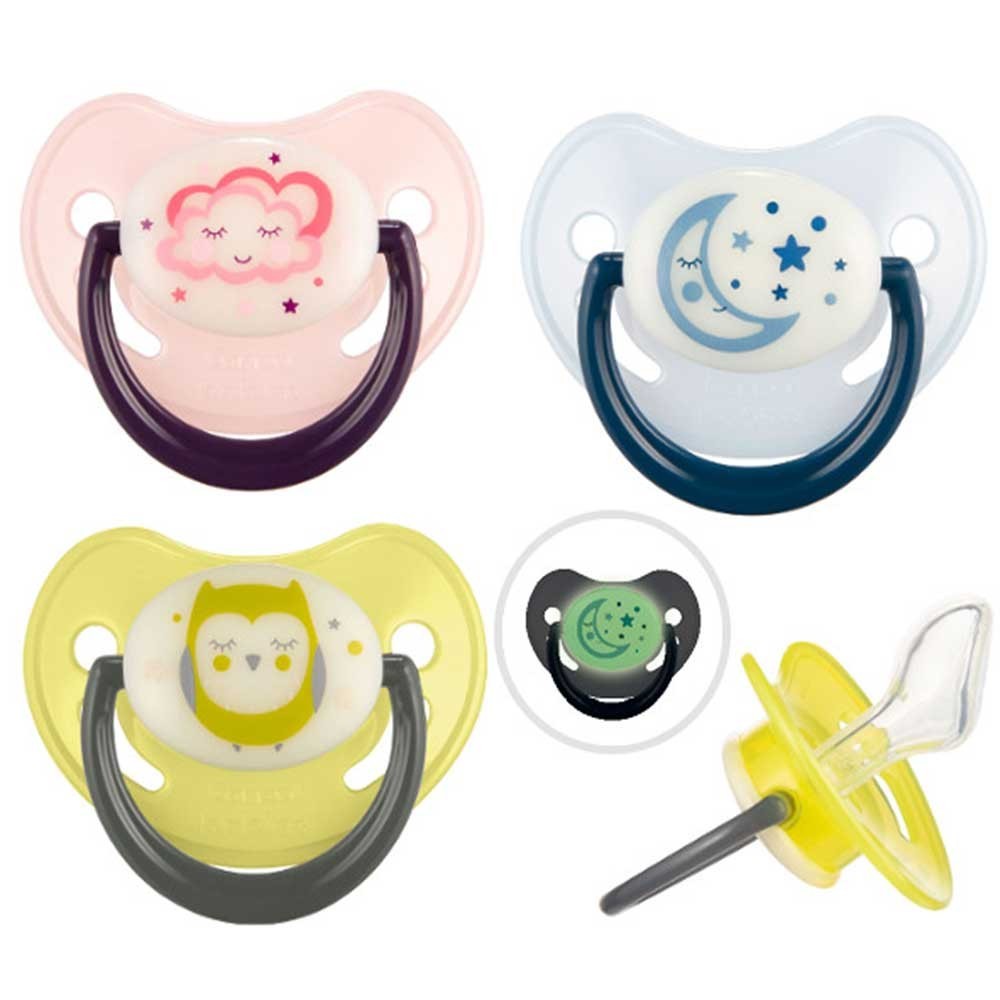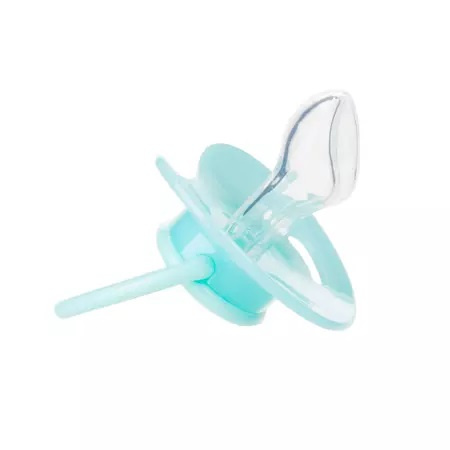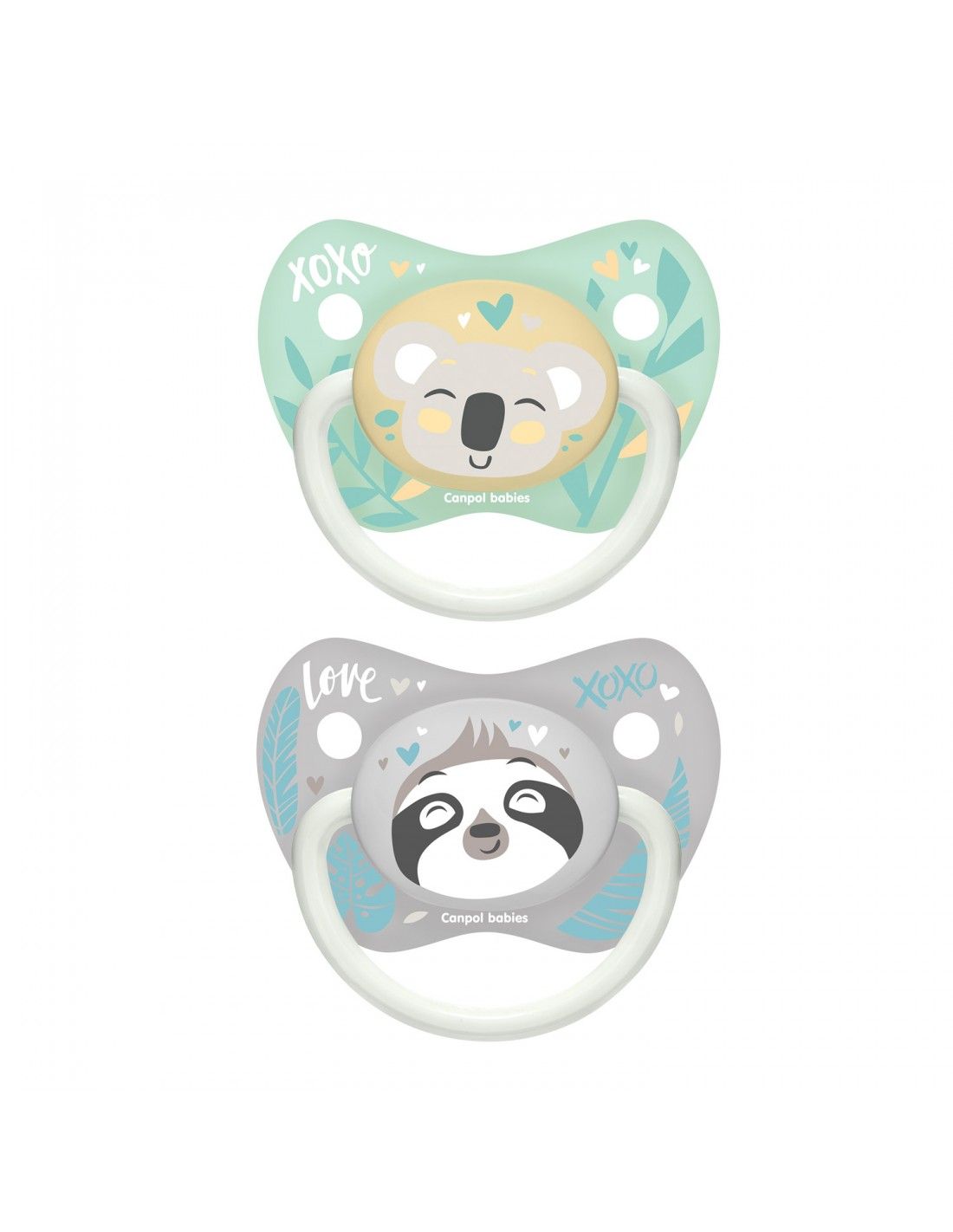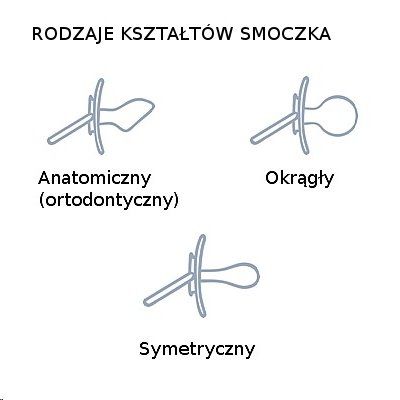
Canpol Smoczek silikonowy anatomiczny 0-6m Let's Celebrate 23/279 blue - Artykuły Dla Dzieci Kalisz, Joie, Cybex, wózki, foteliki, zabawki

CANPOL BABIES SMOCZEK USPOKAJAJĄCY SILIKON 0-6M ANATOMICZNY PASTELOVE - NIEBIESKI (22/419) - Ceny i opinie - Ceneo.pl
.jpg)
Canpol, Smoczek uspokajający, silikonowy, anatomiczny Little Cutie 23/262, 1 sztuka - Długi termin ważności! - A-Manada

Canpol smoczek anatomiczny silikonowy 0-6m 23/256_tur - Smoczki do ssania silikonowe - Sklep internetowy Dzieciak Zakupy

Canpol babies - silikonowy smoczek anatomiczny, 23/279, 0-6 miesięcy, niebieski, 1 sztuka – opinie, skład i cena | Apteka Nowa Farmacja ✔️

Smoczek uspokajający silikonowy anatomiczny Canpol 0-6 m - Newborn Niebieski 22/565 - opinie i cena | Sklep Bobaskowo
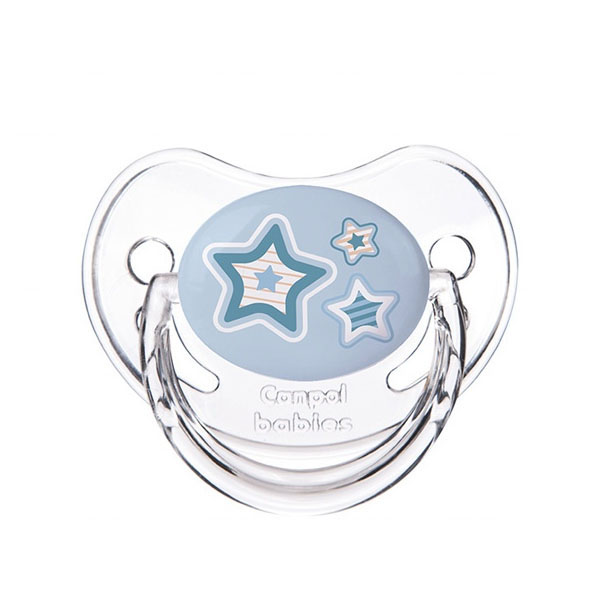
Canpol Newborn Baby, smoczek uspokajający, silikonowy, anatomiczny, niebieski, 22/566, 6-18 miesiący, 1 sztuka - cena | Gemini
![Canpol Babies smoczek silikonowy anatomiczny 0-6m Newborn baby różowy 1 sztuka [22/565_pin] - cena, opinie - DrogeriaWapteka.pl Canpol Babies smoczek silikonowy anatomiczny 0-6m Newborn baby różowy 1 sztuka [22/565_pin] - cena, opinie - DrogeriaWapteka.pl](https://www.drogeriawapteka.pl/produkty_galerie/foto/29495/1383-canpol-babies-smoczek-silikonowy-okragly-newborn-baby-rozowy-1-sztuka-22565-pin.jpg)
Canpol Babies smoczek silikonowy anatomiczny 0-6m Newborn baby różowy 1 sztuka [22/565_pin] - cena, opinie - DrogeriaWapteka.pl
